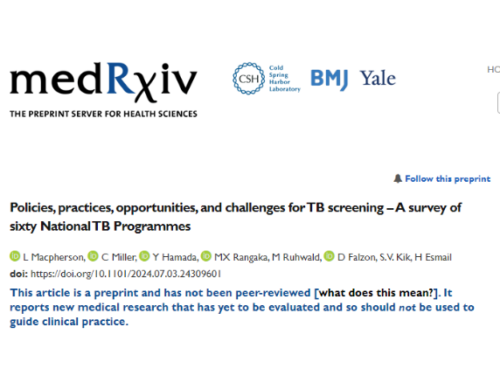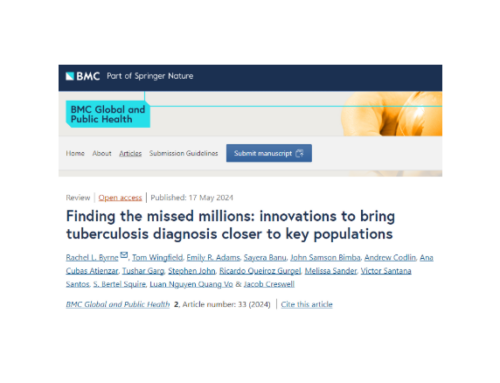Assessment of scattered and leakage radiation from ultra-portable digital chest Xray systems: An independent study
Abstract
Ultraportable X-ray devices are ideal for TB screening in resource-limited settings. Unfortunately, guidelines on the radiation safety of these devices are lacking. The aim of the study was to determine the radiation dose by scattered and leakage radiation of ultraportable X-ray devices to provide a basis for these guidelines. Radiation dose measurements were performed with four ultraportable X-ray devices that meet the WHO-IAEA criteria. An anthropomorphic thorax phantom was positioned in posterior-anterior orientation in a clinically representative X-ray setup. X-ray exams were acquired with the following scan parameters: 90kV, 2.5mAs and maximum mAs, 1m and 1.8m source-to-skin distance. The entrance skin dose was measured at the center of the phantom. The scattered radiation dose was measured at 1m from the phantom as a function of scatter angle. Leakage radiation was measured at 0.5m from the X-ray tube with collimators closed and covered with additional lead. From the scatter measurements, the ‘safe distance bunny’ was determined, which was the minimum distance to the phantom to stay below the international dose limit to the public (1mSv per year) at a given workload. The longest distance (related to highest scatter dose) was observed behind the edges of the detector and back towards the X-ray tube, whereas the shortest distance (related to lowest scatter dose) was observed to the sides of the phantom. For the radiographer position, the total radiation dose by scattered and leakage radiation was determined in various scenarios. In most cases, the total radiation dose of ultraportable X-ray devices can be kept below 1mSv per year by employing basic radiation safety rules:1. Reduce time in the field, 2. Increase distance to the X-ray source, and 3. Use shielding measures (lead apron). Ultraportable X-ray devices can be safely used for TB screening when using adequate precautions.



